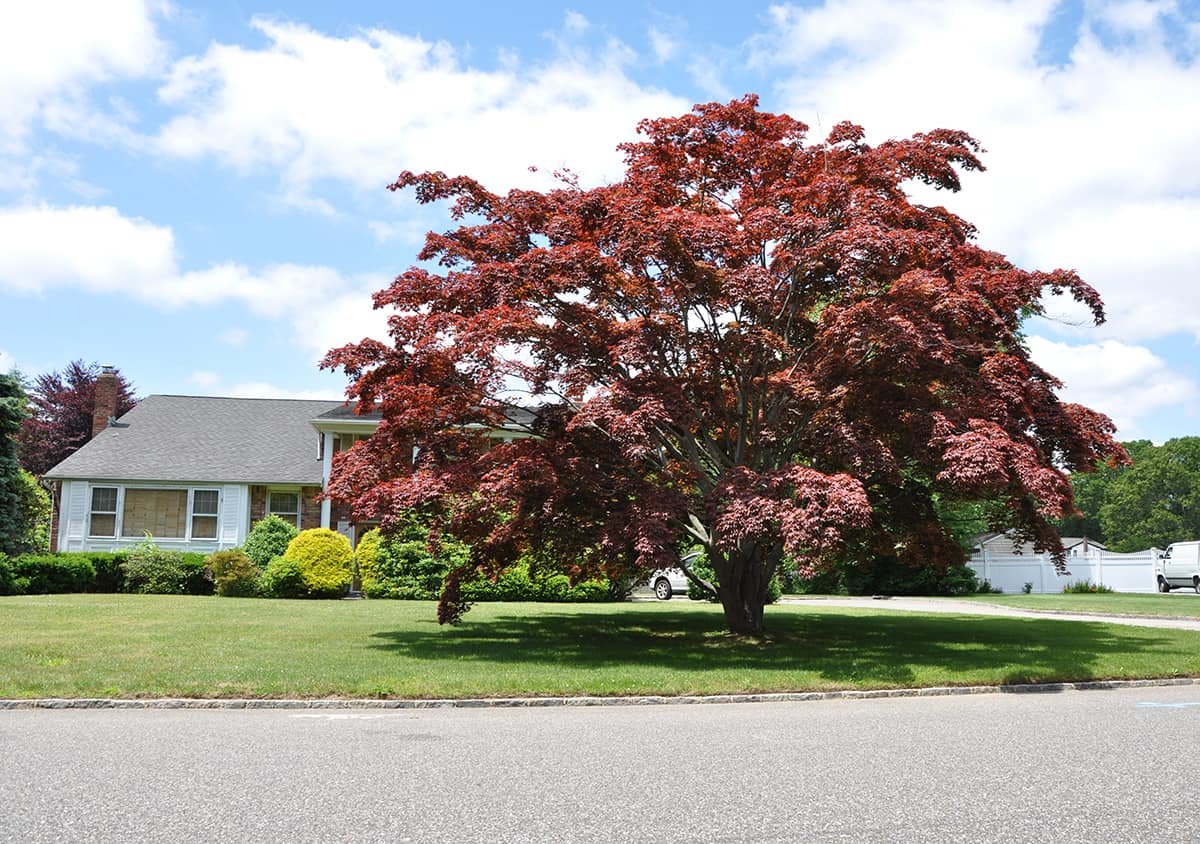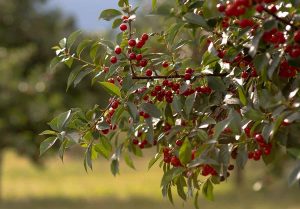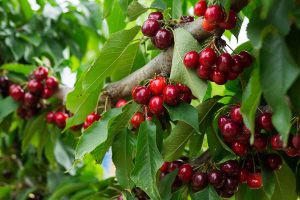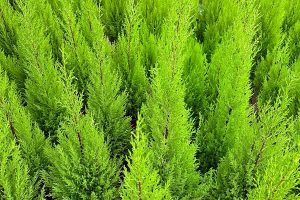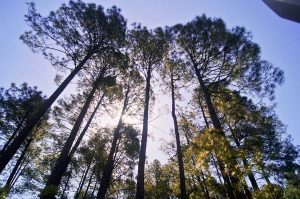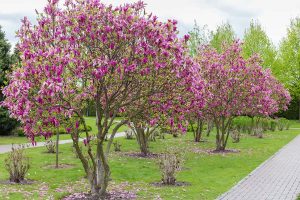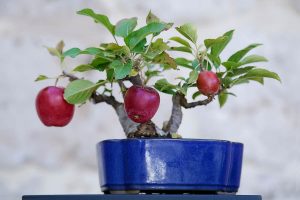If you have a young maple tree in your garden then you might be wondering how big it’s going to get when it reaches maturity.
Understanding the growth habits and expected sizes of your trees and shrubs can help you to plan your landscape more appropriately, and make sure that you don’t unintentionally position plants in a spot which will be beneath the shade in a few years time. Here we investigate the typical height of a variety of maple trees to learn how big they get.
Maple trees come in many varieties, and their height can vary greatly. The Japanese Maple is the smallest, reaching as little as 5 feet when fully grown. However, the Bigleaf Maple, also known as ‘Humboldt Honey’, holds the title for the tallest maple tree in the world, standing at an impressive 160 feet. This tree can be found in California’s state park.
Table of Contents
Average Maple Tree Height
The average height of a maple tree will vary dramatically depending on the type of maple tree you’re referring to. The smallest types of maple trees are Japanese Maple (Acer palmatum), and these can reach as little as 5 feet in height when fully grown.
Sugar Maples (Acer saccharum) fall at the opposite end of the scale, with these trees typically getting to around 70 or 80 feet in height, but the largest maple of all is the Bigleaf Maple (Acer Macrophyllum) which usually tops out at around 100 feet tall.
The tallest maple tree in the world is a Bigleaf Maple, and this is affectionately known as ‘Humboldt Honey’. It is growing in California in a state park, and it stands at almost 160 feet in height. It is the tallest type of maple tree in the United States, and it is also believed to be the biggest example of a maple tree in the world.
In general, maple trees are considered to be a medium size, but you will always be able to find small maple trees if you’re looking for something more compact for your garden.
Average Maple Tree Spread
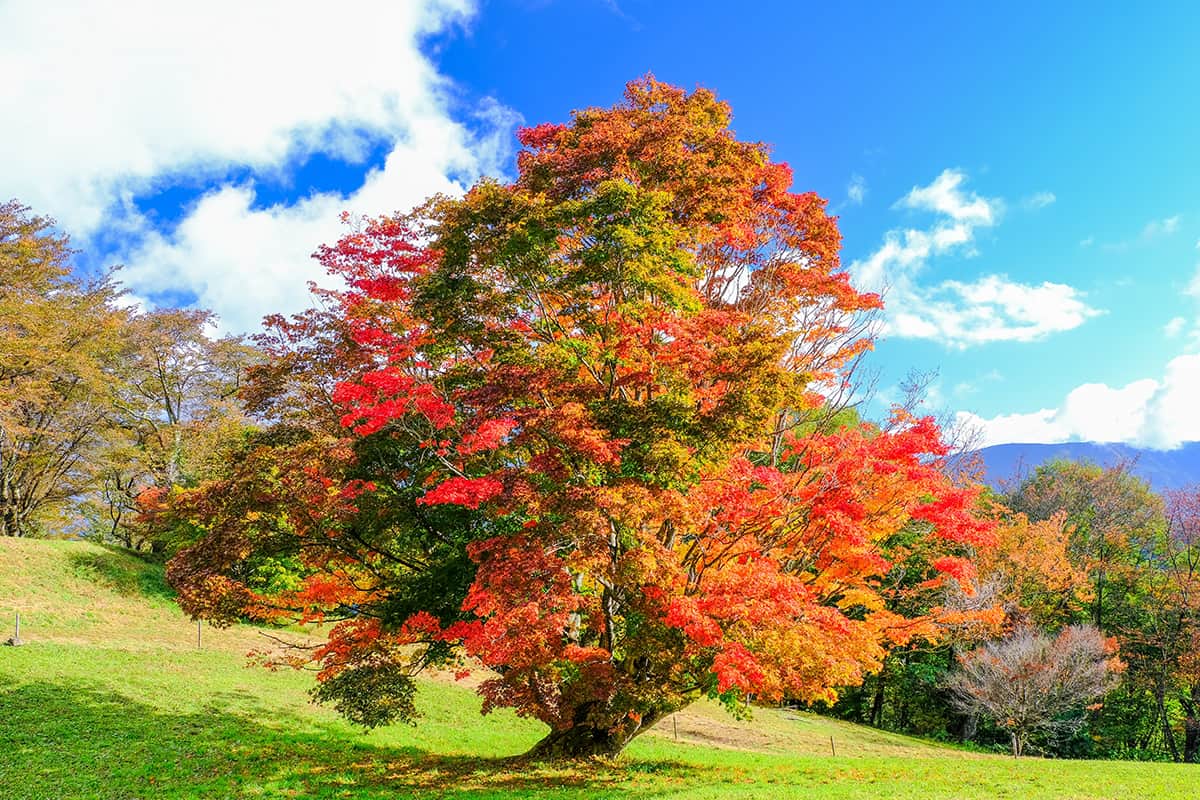
The spread of a tree is the amount of horizontal space it takes up in the landscape. The average spread of a maple tree will differ enormously depending on which species of maple you have, though in general when it comes to maples the spread will be a similar measurement to the height.
For smaller maples such as the Amur Maple (Acer ginnala), you can expect a height of around 15 to 20 feet along with a spread of 15 to 20 feet. Even in larger maple trees, the spread will be almost as big as the height. The average Bigleaf Maple will grow to around 80 feet in height, with a spread to match.
What Affects Maple Tree Height?
The biggest factor that affects the eventual height of a maple tree is its species. Some maple trees will remain small for their entire lifespan, while others can seemingly grow exponentially, and this is all to do with their genetic makeup. However, there are other things to consider when it comes to how big a maple tree can get.
Like with most trees, maples will perform best in their native habitats. If you are growing a maple tree in a location where that species originates from, then it is much more likely to succeed and reach its full-size potential compared to if you choose a non-native species. Similarly, maples which grow in the wild tend to do better and reach greater heights because of this very reason.
The care you give your maple tree, and the conditions it is grown in, will also play a big part in deciding how big your tree can get. It’s important to understand the type of care your maple tree needs so that you can adjust your care routine accordingly, especially if you want it to grow quickly and reach its full potential size.
The care which maples need can be quite different from species to species, for example the Bigleaf Maple will perform best in soils which are moist and not allowed to dry out, whereas the Florida Maple (Acer floridanum) is drought tolerant and will fare well in dry, sandy conditions.
Being familiar with the care your maple needs will enable you to meet those needs, giving the tree the best chance at reaching its full size. If maples are not grown in ideal conditions, they will not thrive and reach their full potential in terms of height and spread.
Largest Maple Trees
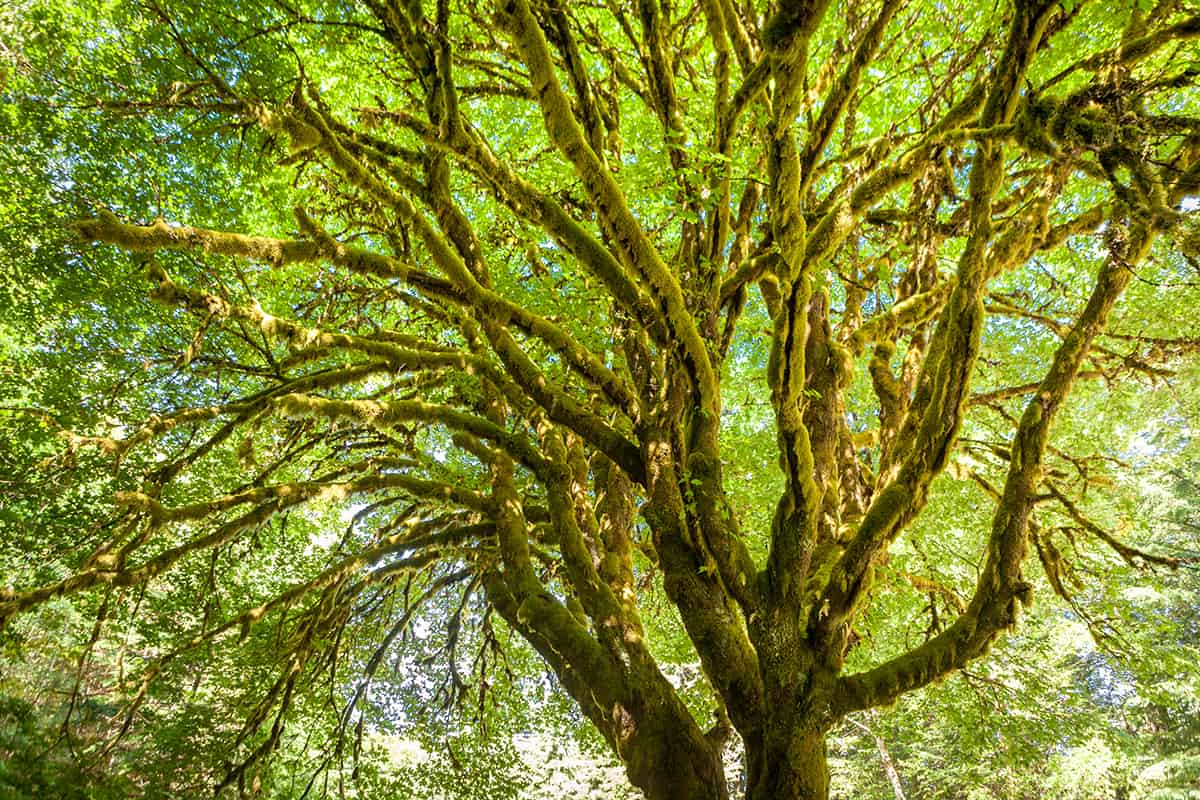
The largest maple tree in the world is a Bigleaf Maple. It measures over 157 feet and has a trunk circumference of over 9 feet. The Bigleaf Maple is known as one of the biggest, if not the biggest, of all the maple trees, though in most cases it will reach a mature height of around 60 feet.
The Red Maple (Acer rubra) is another example of a large species of maple, growing to a typical height of between 90 and 120 feet. This tree is native to North America, and in ideal conditions it has been known to exceed 135 feet in height. The Sugar Maple is also quite large in stature, growing to ultimate heights of between 80 and 110 feet. There are examples of Sugar Maples which have reached 150 feet in height, but this is not expected for the vast majority of this species.
Smallest Maple Trees
Small maple trees are an excellent choice of plant for the home garden because they remain compact yet add a lot of character, with their typical maple-shaped leaves and an array of colorful foliage which can change from season to season. One of the smallest types of maple tree is the Japanese Maple, which can range in height from around 5 feet to 30 feet, depending on the variety you choose.
For a smaller mature size, opt for the ‘Ukigumo’ Japanese Maple which reaches an average height of between 7 and 12 feet, or the ‘Pixie’ Japanese Maple which ranges from 8 to 10 feet in eventual size. Other types of small maple trees include the Full Moon Maple (Acer japonicum), which can be as small as 7 feet at full height. If you like the look of maple trees but don’t have enough space, consider the ‘Kawaii’ Full Moon Maple (Acer shirasawanum) which is a dwarf shrub reaching no more than 2 feet in height.
Medium Maple Trees
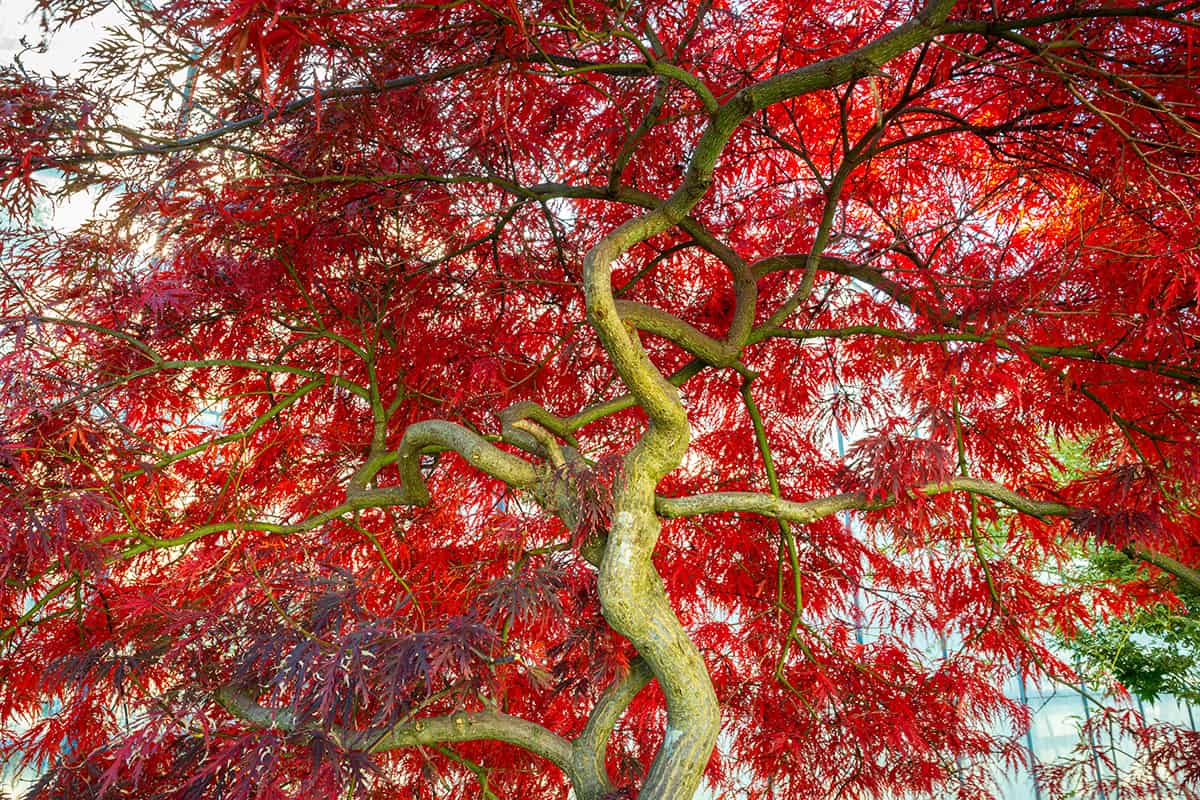
For a maple tree which provides a good level of shade and becomes a focal point in the garden without completely dominating the space, a medium sized maple tree could be the answer. Medium maple trees will grow to around 30 feet in height, making them more manageable when it comes to pruning.
Medium sized maple trees can provide privacy throughout the summer, yet they won’t feel overbearing like some of the larger maple trees. There are many Japanese Maples which grow to a medium size, such as the ‘Atropurpureum’ Japanese Maple which can get to around 25 feet in height with a spread of up to 20 feet. Another good option is the ‘Yasemin’ Japanese Maple, which can reach up to 30 feet in height with a spread to match.
Other types of medium-sized maples include the Norway Maple (Acer platanoides) which typically reaches a mature height of between 40 and 50 feet, with a spread of 30 to 50 feet. The Sycamore Maple (Acer pseudoplatanus) is also of a moderate size, topping out at around 30 feet and spanning a similar area in spread.
